What to plant in November: 14 plants to sow and grow this month
Discover what to plant in November to bring lots of color and interest to your plot during the coming months


Knowing what to plant in November very much depends on the state of your soil. If it is waterlogged or frozen, then delay planting until conditions improve. But if your soil is pleasantly damp, then don’t hold back!
Get those plants in and give them that all-important head start against those planted next spring. Because although winter is advancing, in warmer areas the ground should still be warm enough for the roots to get established before dormancy sets in for winter. This means they will be quicker off the blocks to grow and flower when the warmer weather arrives next spring.
There are also plenty of hardy varieties such as sweet peas, violas and pansies and Cerinthe major to grow from seed in November and these, too, will flower before those sown next spring.
Once you know what to plant when, getting out in the garden this month will pay dividends once the warmer weather returns.
Give your plot a boost with our list of what to plant in November
As well as trees and shrubs, we also suggest some of the best and brightest annuals and perennials to start from seed now. All of these suggestions for what to plant in November will bring color and interest to your flower bed ideas next year and for many years to come.
1. Hellebore (Lenten roses)
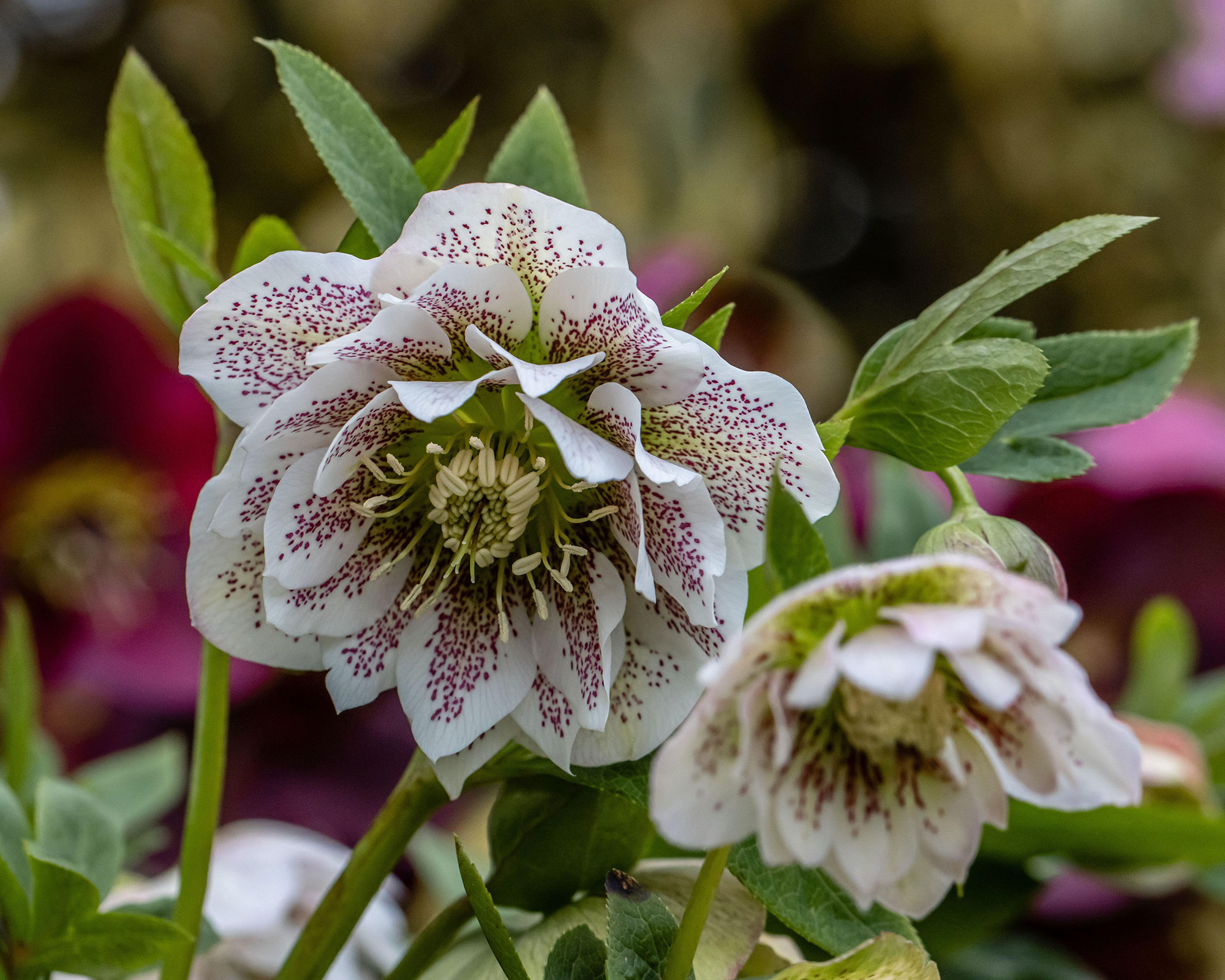
Hellebores or Lenten roses are one of my must-have plants, their profusion of flowers in white or shades of purple and pink lifting our spirits during the dark days at the start of the year.
They are easy to grow and, best of all, flower early in the year just as everyone is getting fed up with the dearth of colour in the garden.
This means they also produce valuable nectar for the first bumblebees and insects emerging hungrily from hibernation, and they also make excellent flowers for cutting, brightening the home.
Hellebores like fertile soil that drains well and look beautiful placed at the front of the border. They are also one of the best winter plants for pots, and are happy in sun and light shade. However, once they are established it is best to leave them where they are as they don’t move happily.
They are relatively trouble-free, but do watch out for black spot disease. If plants are infected, remove and bin affected material (don’t add it to the compost heap) and mulch plants so disease spores in the soil aren’t splashed onto plants when it rains.
Top tip: Hellebore buds emerge from the soil in the New Year so trim away old foliage in fall and winter to give them room.
2. Achillea
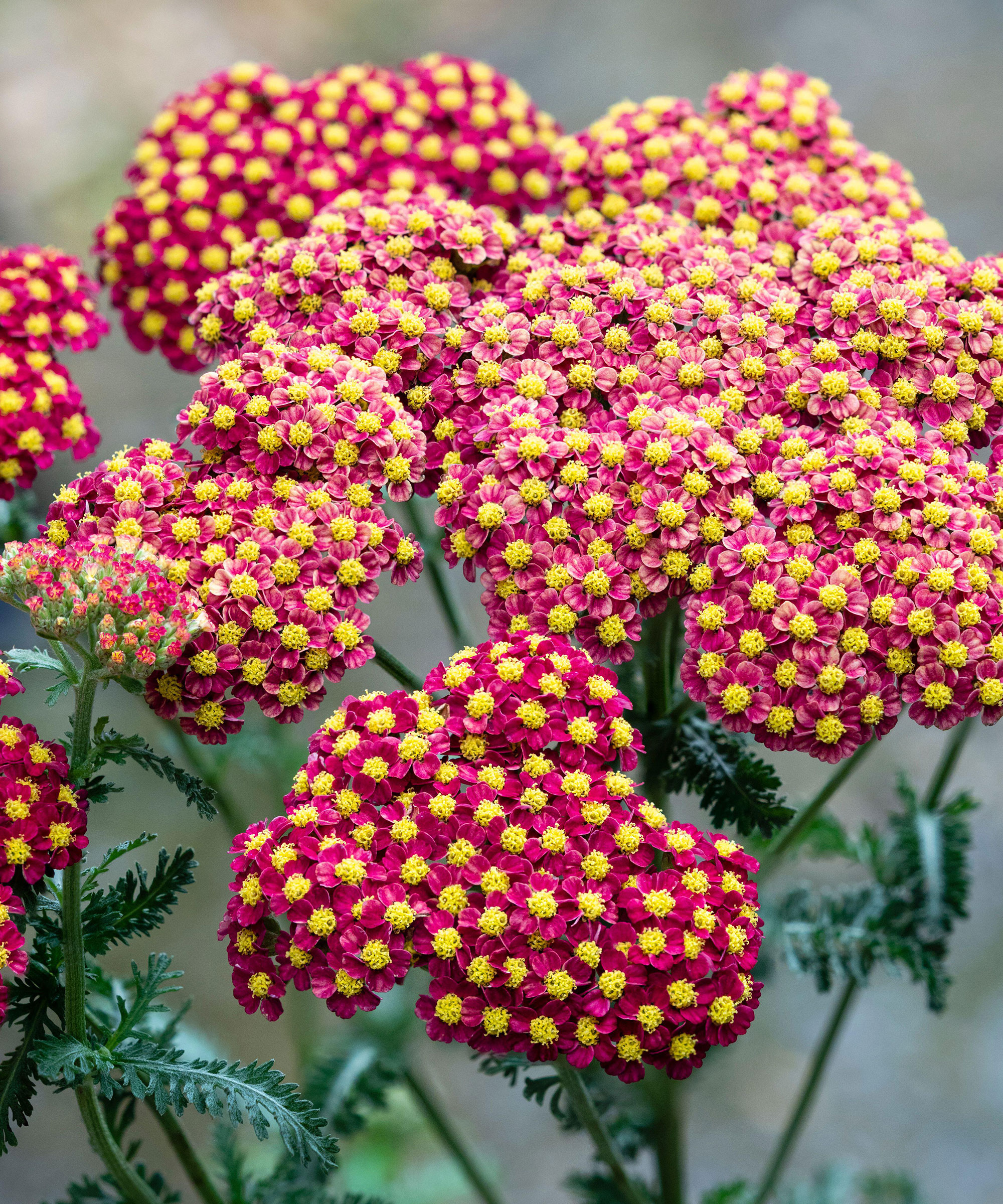
Achillea is an attractive hardy perennial, a member of the yarrow family that is happy in sun or shade and available in a wide range of colors. They do best in rich, free-draining soil and flower through summer into fall, benefitting from deadheading flowers to encourage more blooms. They are a climbing plant and will benefit from being divided every three to five years.
Achillea produce broad, flat flowerheads on robust stalks above attractively feathery leaves. It flowers in a rainbow of shades, from white through to yellows, apricot, pinks and reds.They are incredibly versatile and fit easily into a traditional herbaceous border as well as gravel and wildlife gardens.
Plant achillea at the same depth as they were rooted in their pots when you bought them, and cut them back in the fall, mulching over the root area with compost, well-rotted manure or bark chippings to insulate the roots.
3. Corydalis

Another hardy plant that likes shady areas is corydalis, which can be grown as annuals, biennials or tuberous perennials.
They are sweetly attractive, with showy explosions of small, tubular flowers above lush lobed foliage. The flowers come in many colors including yellow, blue and purple.
Corydalis is a versatile plant happy in borders or it can be grown as part of your container gardening ideas. It will thrive in most soils as long as they are in partial shade, out of full sun, and doesn’t get waterlogged.
They are easy to care for, needing little pruning or attention, though they do need regular watering in summer.
Top tip: The yellow variety, Corydalis lutea, will self-seed freely when it is growing well and you will often find it sprouting around the garden especially between paving stones and wall joints. If it gets out of hand don’t worry, the clumps are easy to remove.
4. Species tulips

November is prime time for planting tulip bulbs, which is a little later than other spring bulbs to help protect them from the destructive fungal disease tulip fire.
If you're not a huge fan of bedding tulips, the big, blowsy varieties with flamboyant, sometimes fringed, petals in a range of glossy colors, then maybe it’s time to try species tulips.
These are smaller plants and unlike their larger cousins that have a tendency to fade after a year or two of flowering, their performance improves year after year.
Species tulips are widely available online (try Amazon) and bulbs can often be bought as ‘pick and mix’ in garden centers, so you can create your own color palette.
They originate in the mountainous areas of Turkey so are fully hardy and adaptable, looking particularly appealing when grown in rockeries, containers or naturalised in a lawn.
Their colors vary, from white petalled ‘Peppermintstick’ to scarlet ‘Red Riding Hood’, sweet scented pink Tulipa humilis, and the spidery Tulipa acuminata that has slim red and yellow petals and looks attractive grown with foliage plants.
Top tip: After flowering, feed, mulch and deadhead your tulips and let the leaves and stem die back naturally to feed the bulbs and power next year’s growth.
5. Roses
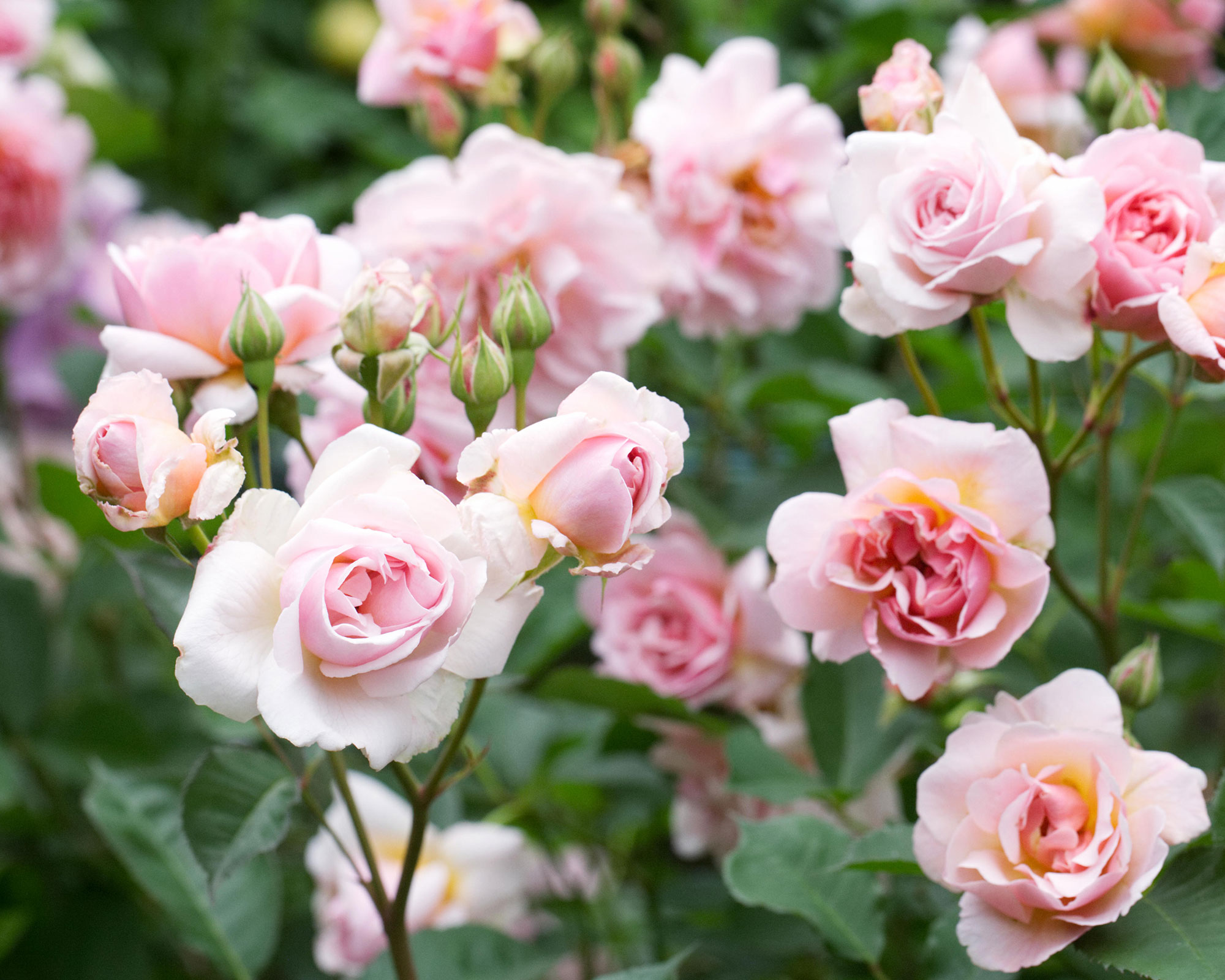
People love learning how to grow roses, and it's no surprise they have a permanent spot in the top three of ‘people’s favourite plants’ surveys.
Their beautiful blooms and scents are only part of the attraction, as there are types of roses for almost every situation, whether as the focal point of a formal border or climbing and rambling over the front of your home. You can even get dwarf plants for containers.
If you are wondering what to plant in November, look to roses as they are one of the many shrubs that you can buy bare root. In fact, bare root plants generally do better than those in containers as they have a wider, unrestricted root spread.
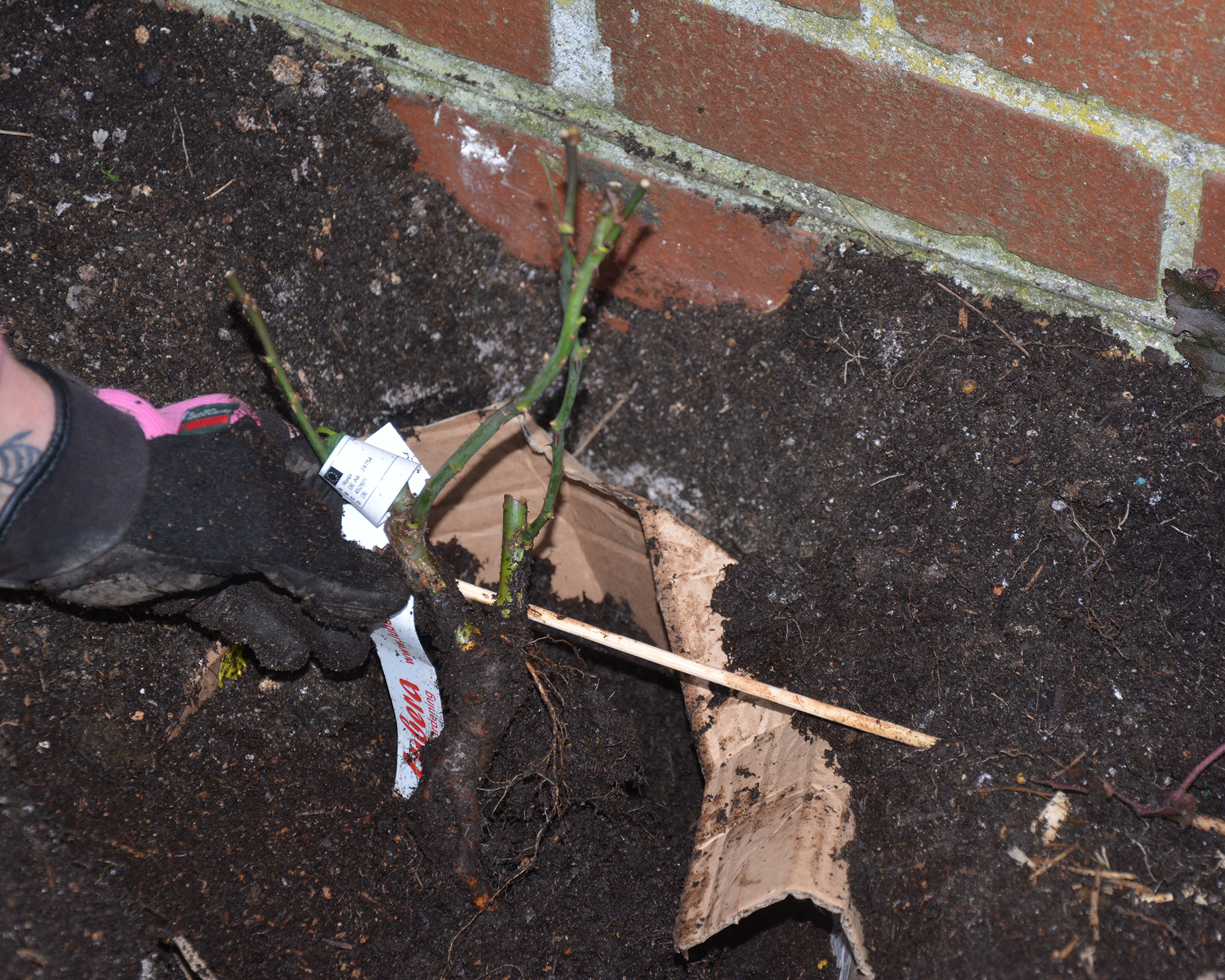
For best results when planting bare root roses, go for a sheltered spot where the soil has been enriched with lots of well-rotted manure or compost. Ideally, choose a spot where roses haven't grown before as they can succumb to replant disease, where they fail to thrive.
If the only space is where roses have already been cultivated, alleviate the risk of replant disease by removing the soil and replacing it with fresh, or by planting the rose in a cardboard box. This will slowly degrade in the soil, giving the roots time to establish as it does so.
Top tip: After planting new roses, hard prune them to within 6in (15cm) of the ground. They will grow back more strongly next spring.
6. Cornus or dogwood

Cornus, or dogwoods, will bring so much to your winter garden as their colored stems are bare of leaves during the cooler months so they shine out in the gathering gloom.
Generally speaking, Cornus fall into two categories, those grown for summer flowers and those planted for their colorful winter bark. The latter group includes Cornus alba, Cornus sericea and Cornus sanguinea.
They are ideal as an option for what to plant in November as like most deciduous trees and shrubs, bare root plants are available now.
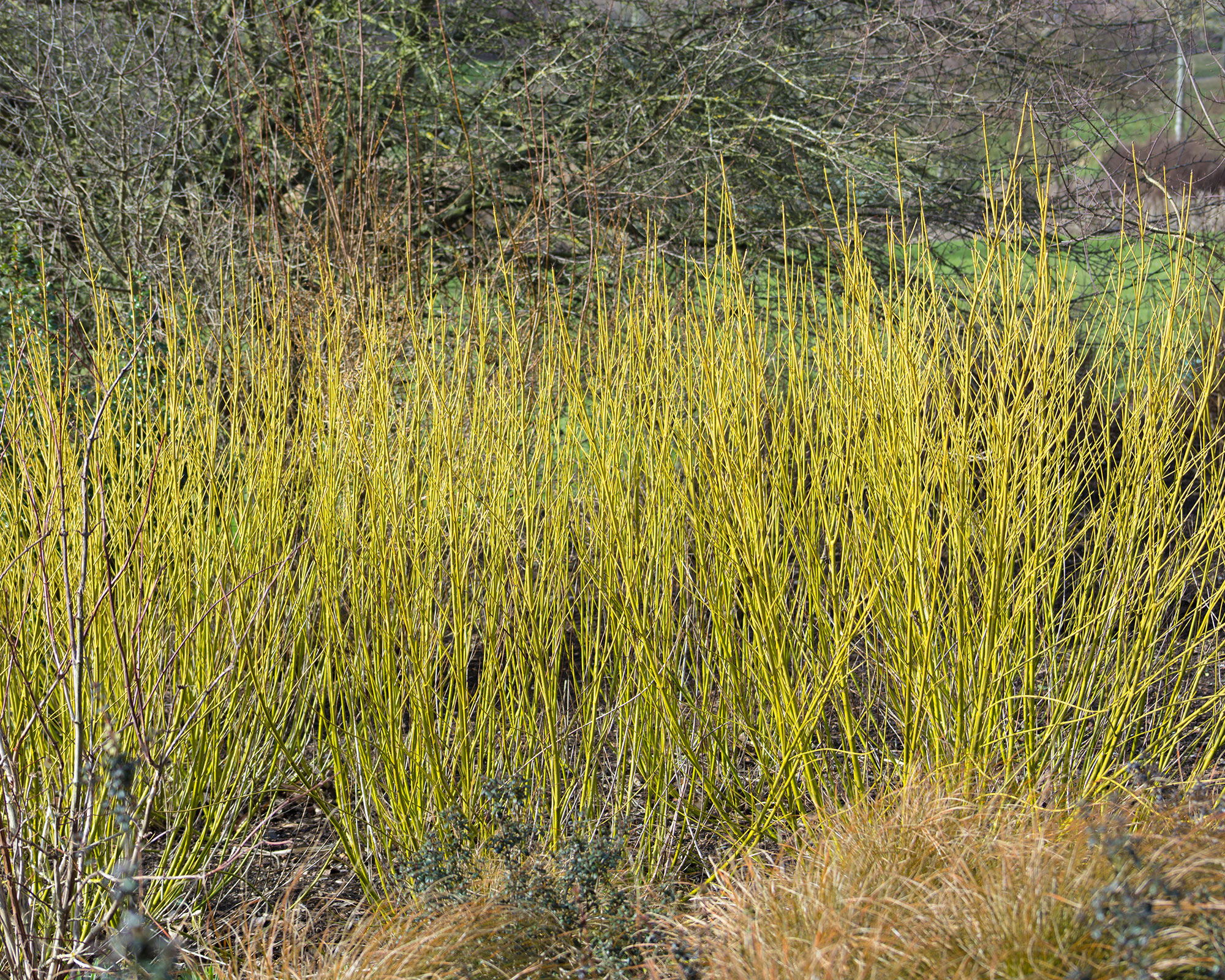
Cornus are happy in most soils though they do require good sunlight in order to produce those stunning colors. A little shade is fine, but they won’t thrive in total shade.
They are easy to care for, requiring little watering as they are drought tolerant. Fall pruning helps keep their color coming and they make the biggest impact when planted in groups of two or three, roughly 2ft (60cm) apart for optimum growth.
They are not the only trees and plants with attractive winter bark to brighten dark days. Many plants shine out once they have shed their leaves and they are worth considering this month.
Top tip: Although Cornus are versatile and relatively pest and disease-free, they do not suit container growing.
7. Magnolia
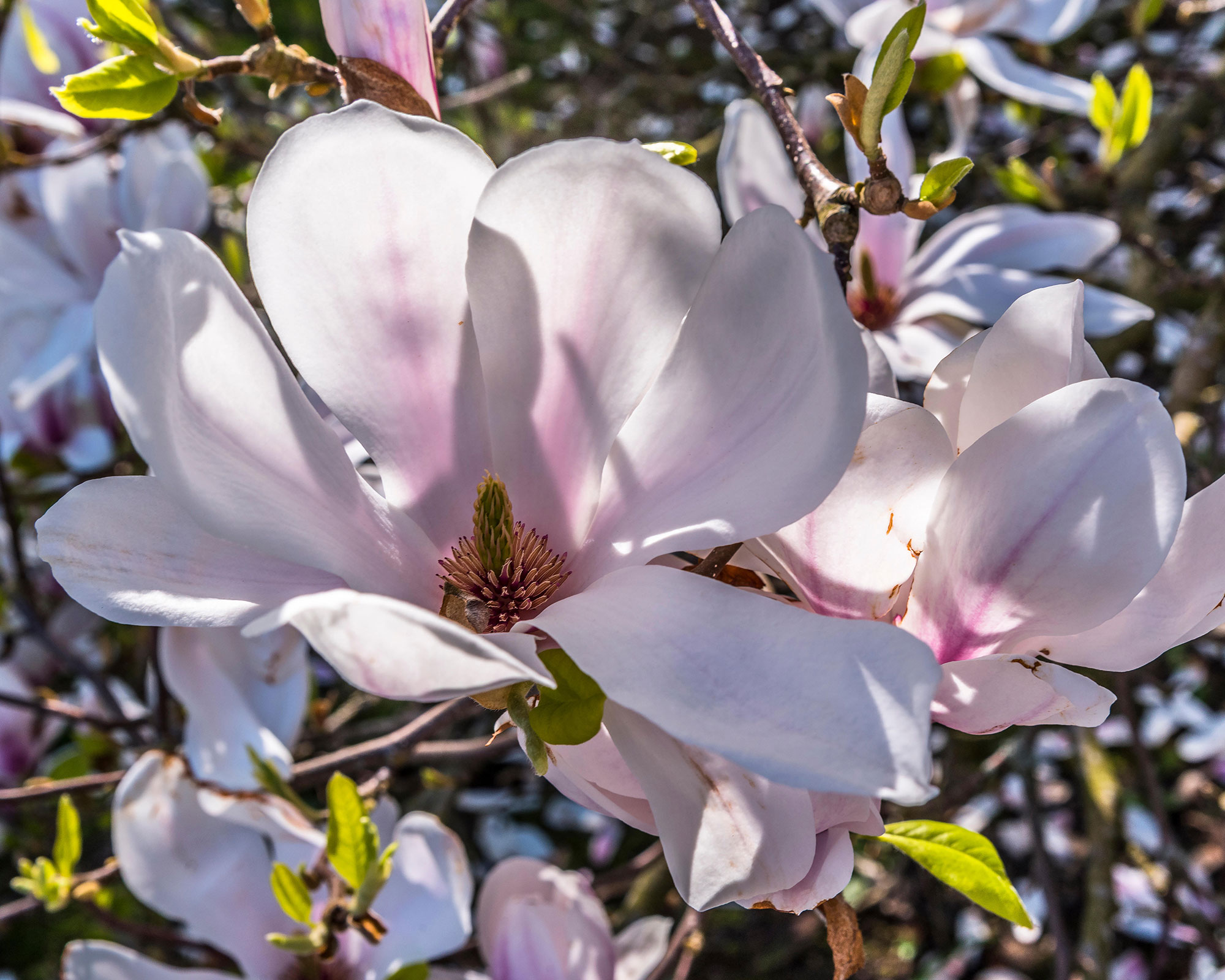
With their silky petals and tulip-shaped blooms, glamorous magnolia trees look good in any garden, and can be planted now while the soil is damp and still holding onto the last of summer’s warmth.
Magnolias are one of the best flowering trees but they can also be grown as smaller shrubs, such as Magnolia stellata, and some are evergreen while some lose their leaves in winter.
However, they are slow-growing so don’t expect quick results. You are looking at 20 years before they reach their full size!
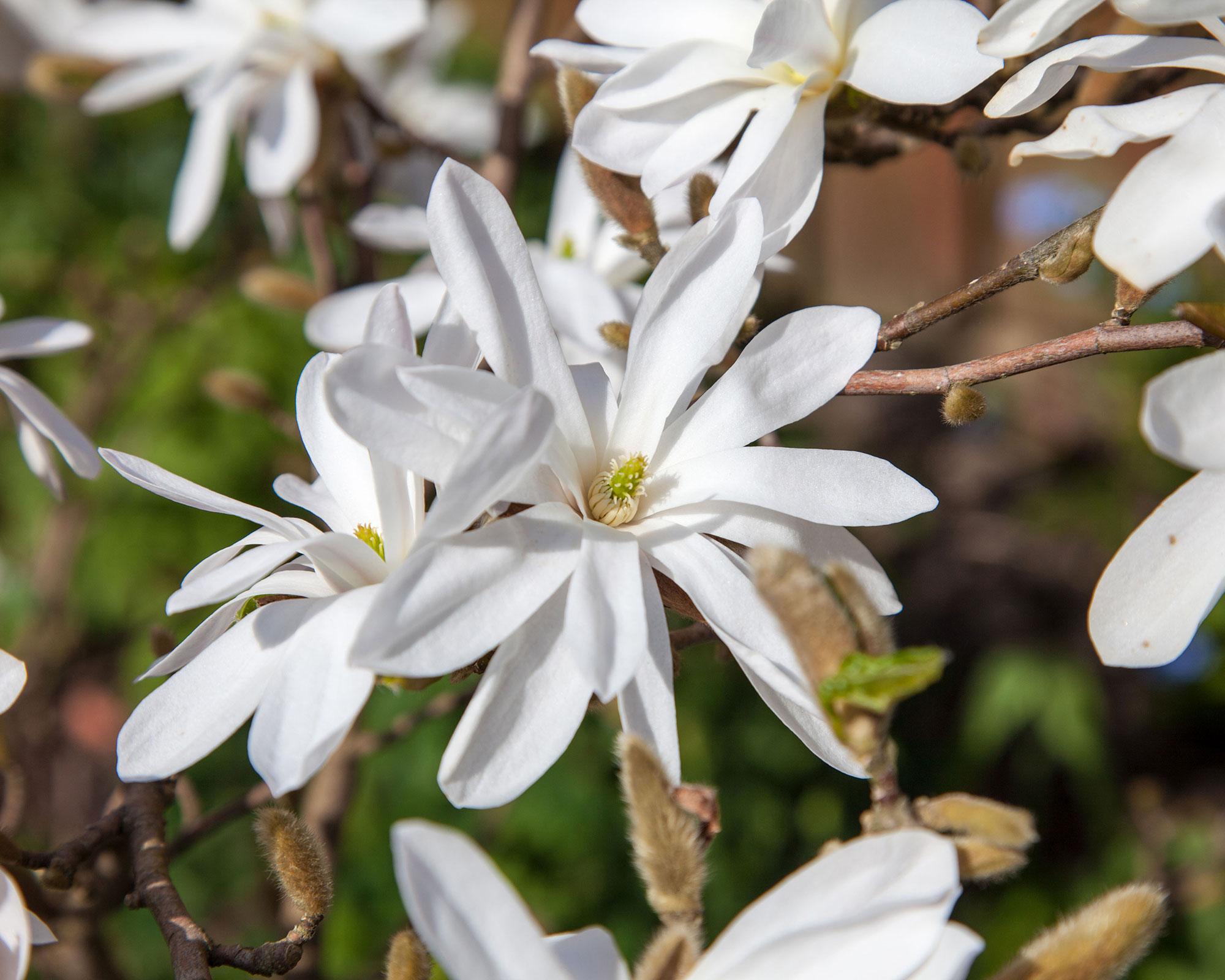
Magnolias like neutral or slightly acidic soil, but if yours is very chalky or ericaceous you can grow the smaller varieties in a large container.
They like a sheltered sunny spot out of chill winds that can damage blossoms in spring, so if you live somewhere cold or exposed, buy a late-flowering variety such as Magnolia sieboldii.
Top tip: Make sure your magnolia doesn’t dry out or it will fail to blossom well. Mulching well after watering should help prevent it drying out.
8. Heather
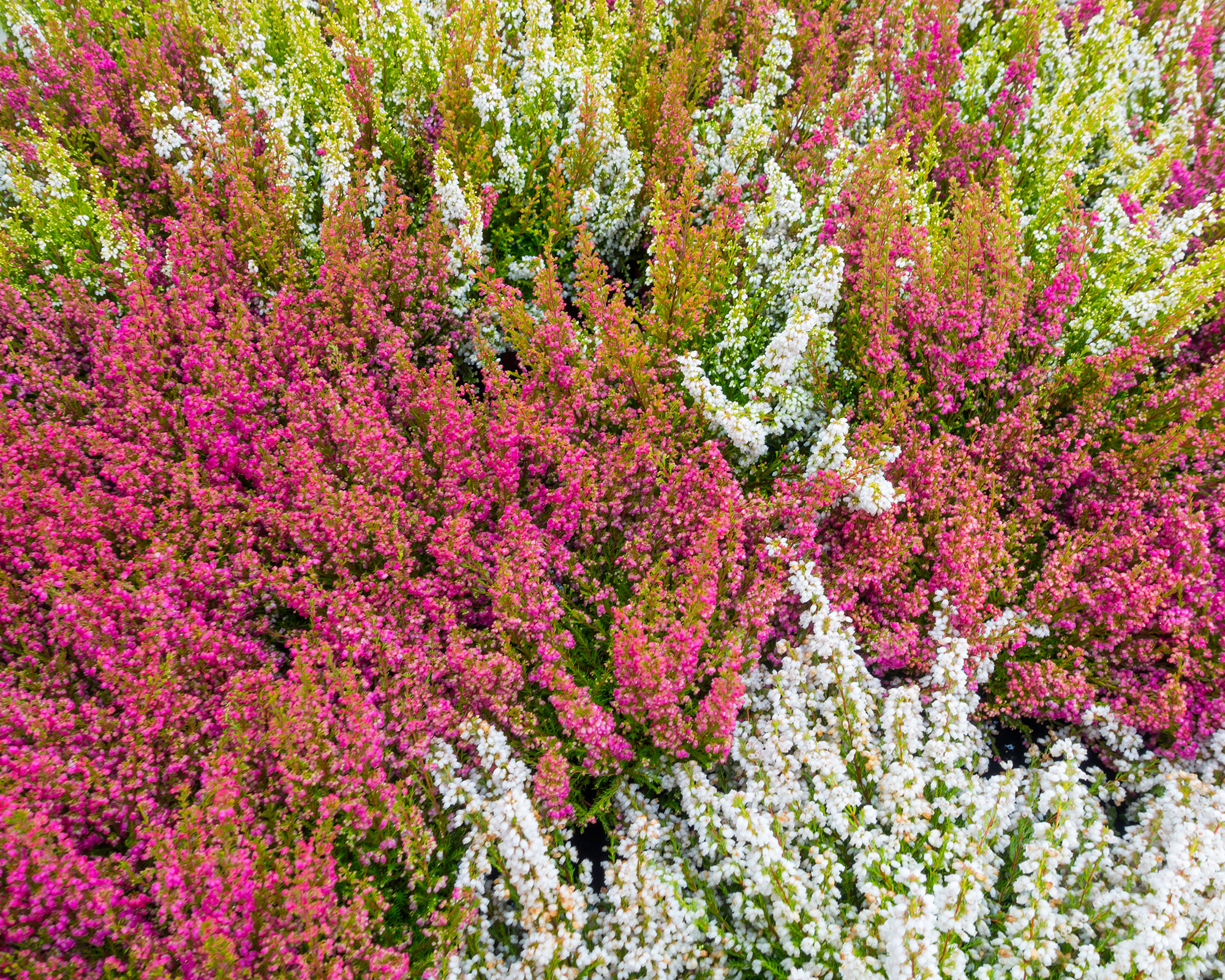
Heathers are usually thought of as heathland plants that grow on acidic soils, but winter heathers are actually a lot more tolerant of other conditions and can flourish on more alkaline ground.
I garden on incredibly chalky soil (dig down a few inches and you hit a solid seam of white) yet I also have a vast winter-flowering heather that is covered in wonderful pink flowers through early spring. Not only does it look wonderful, but it is a valuable source of nectar for the first emerging queen bumblebees, and by mid-spring when it is at peak floriferousness, it will have been joined by a wide range of other varieties.
Winter-flowering heathers are members of the Erica family and are one of the best low maintenance plants.
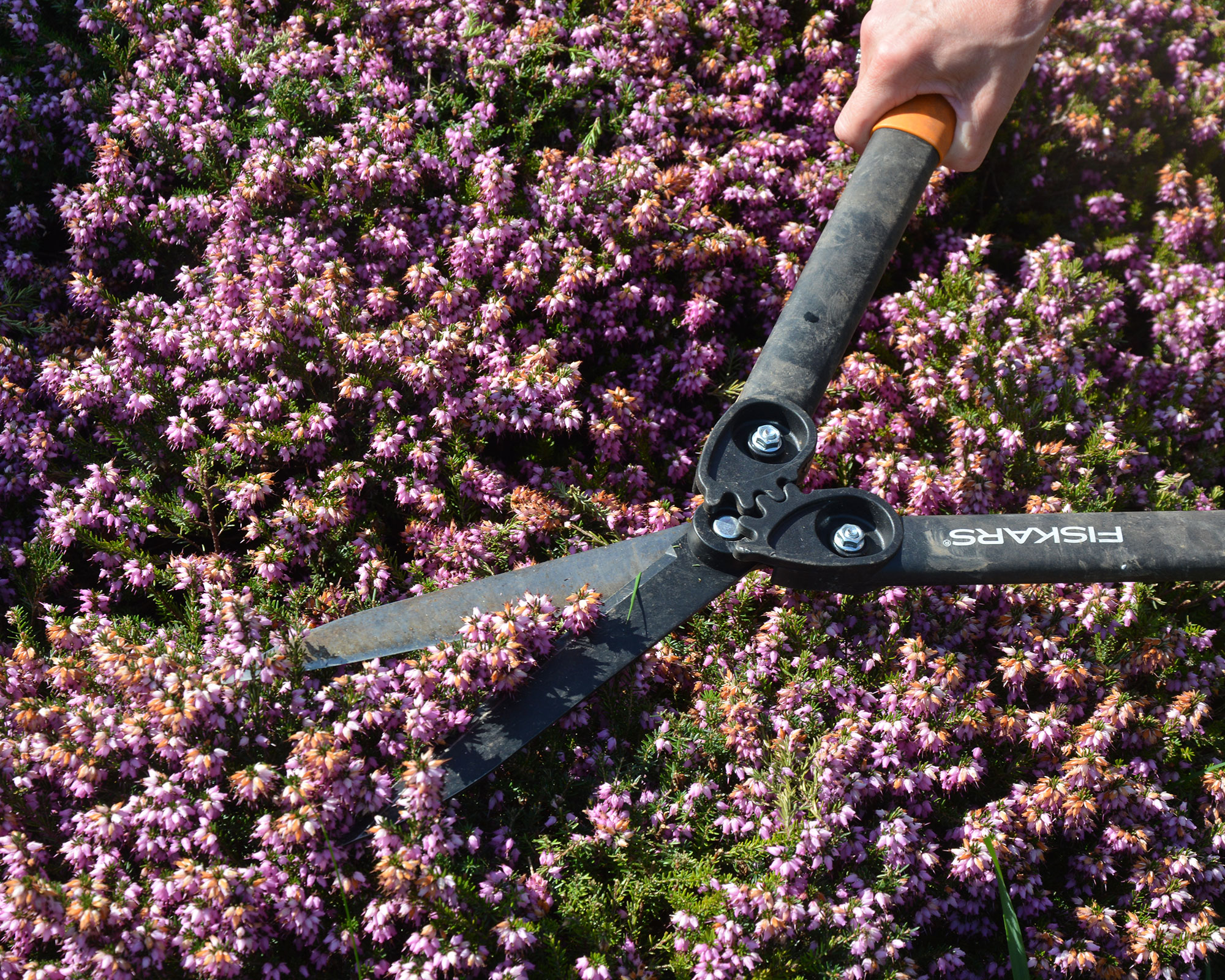
For the most stunning effect, site several plants close together and watch them merge to create a carpet of color.
Ericaceous, or acid-loving heathers, are ideal coastal plants as they are not damaged by salt spray, though they are not good under trees or in very dry soils.
All heathers do well in containers and need little pruning, just a gentle trim with shears after flowering. Don’t cut into older, brown wood as it won’t regenerate and the pruning wounds may spoil the plant’s overall shape.
Top tip: If you have very chalky soil and wish to grow acid-loving heathers, plant them in containers of ericaceous compost, available from Amazon. If your soil is only slightly chalky, add lots of ericaceous compost before planting.
9. Pulmonaria

Pulmonarias are early-flowering perennials that grace the garden with stunning leaves as well as pretty bell-shaped flowers.
They are shade loving plants, so will thrive under trees and out of direct sunlight though they do like their soil kept moist.
They are one of the first plants to flower in the spring garden, promising better weather and offering a vital food source for early bees.
There are lots of different pulmonarias, which are also known as lungwort. Some have green leaves, others including the variety ‘Diana Clare’ are attractively freckled with white and silver. They flower in shades of blue, from deepest indigo to almost white.
Deadhead and feed after the first flush of flowers and you may be rewarded by a second blooming.
Top tip: In fall you can lift and divide plants that have grown too large. This is also a good time for removing old and battered leaves.
10. Lupins

A favorite option for classic cottage garden ideas, lupins are found all over the world, from the Andes to the Mediterranean. Their name is said to have been given in the 14th century because they consumed the nutrients in the soil like a wolf, ‘lupinus’ in Latin.
They are not that hungry however, and lupins happily grow in our gardens alongside many other flowers, never once stealing all the goodness out of the soil.
Their colorful spires of flowers, which come in myriad shades of reds, pinks, purples and blues, are at their best in mid spring spring, when many other plants are still in leaf, and their peppery scent will attract bees to your garden.
Lupins are perennials and can be sown now undercover and germinated and grown in a light, frost-free room. Next spring when the frosts have passed you can acclimate your young plants to outside temperatures and plant them in your garden borders where you want them to flower.
Top tip: Young lupin shoots are extremely vulnerable to slugs and snails, so protect them with a mulch of wool pellets which will also help the soil retain moisture. There are plenty of tips on how to get rid of slugs in our guide too.
11. Perennial or everlasting sweet peas

If you're keen to make this the year you learn how to grow sweet peas but you're worrying that you haven’t sown any yet, fear not as there is still plenty of time. These quintessential cottage garden favourites can be started in November and planted out next spring.
Most sweet pea varieties are annuals, meaning you need to start a new batch each year, so why not try everlasting or perennial peas (Lathyrus latifolius instead of Lathyrus odoratus) instead?
They don't flower in the riot of color and scent associated with annual sweet peas, but the variety ‘Lord Anson’s Blue Pea’ does carry a faint fragrance.
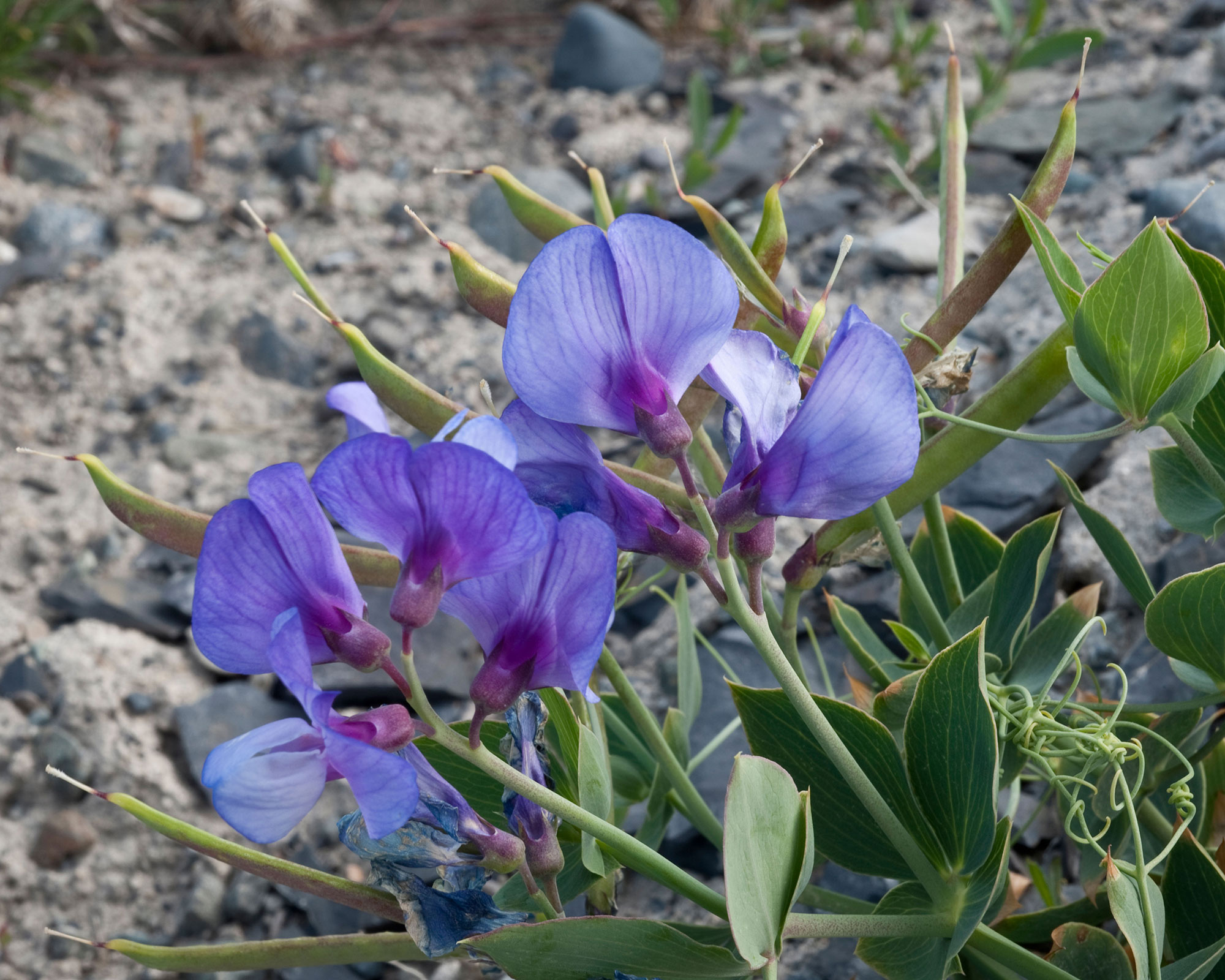
As with their annual cousins and all members of the legume, or pea, family, everlastings need to be sown in a deep pot to allow their roots to grow long and strong.
They germinate after around 10 days and once the seedlings start to develop their ‘true’ leaves rather than their germination leaflets, you should pinch them out to encourage bushier growth and a profusion of flowers.
Grow them on in a cold frame, greenhouse or on a cool, light windowsill and plant out next spring.
Top tip: The soft young shoots of sweet peas are prone to grey moulds and rots so make sure they are well ventilated while they are indoors.
12. Verbascum
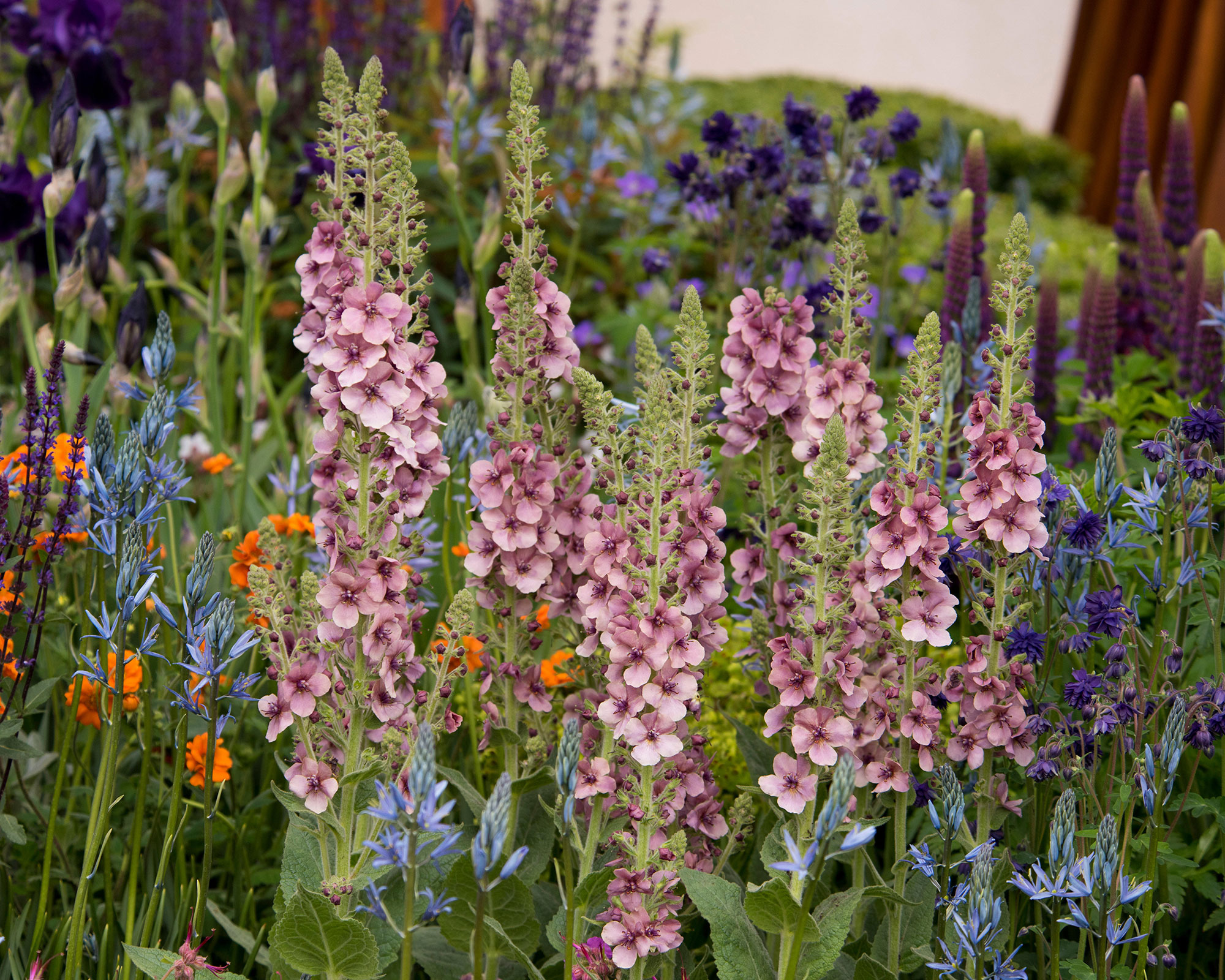
If you want to add height and color to your garden, add verbascum seeds to your list of what to plant in November.
Related to greater mullein, the yellow flower commonly seen growing on wasteland and in wild places, cultivated verbascums come in a range of stunning colors from peach to deepest purple.
They like sunny, free-draining soil though they can cope with light shade, and hate soggy conditions. One of their many benefits is their ability to cope with poor soils too, making them ideal for tricky areas of the garden. Our guide to soil types has lots of advice on how to work out what soil you have in your plot.
Verbascum seeds are incredibly small, which makes them hard to sow evenly. One tip is to combine them with a little horticultural sand and then sprinkle the mix onto the compost.
Alternatively, pick them up a few at a time with the damp end of a matchstick, or a damp fingertip, and tap them onto the seed tray.
Top tip: Verbascum plants can be shredded by mullein moth caterpillars in early summer, so keep a watchful eye out and remove any you find.
13. Laurentia
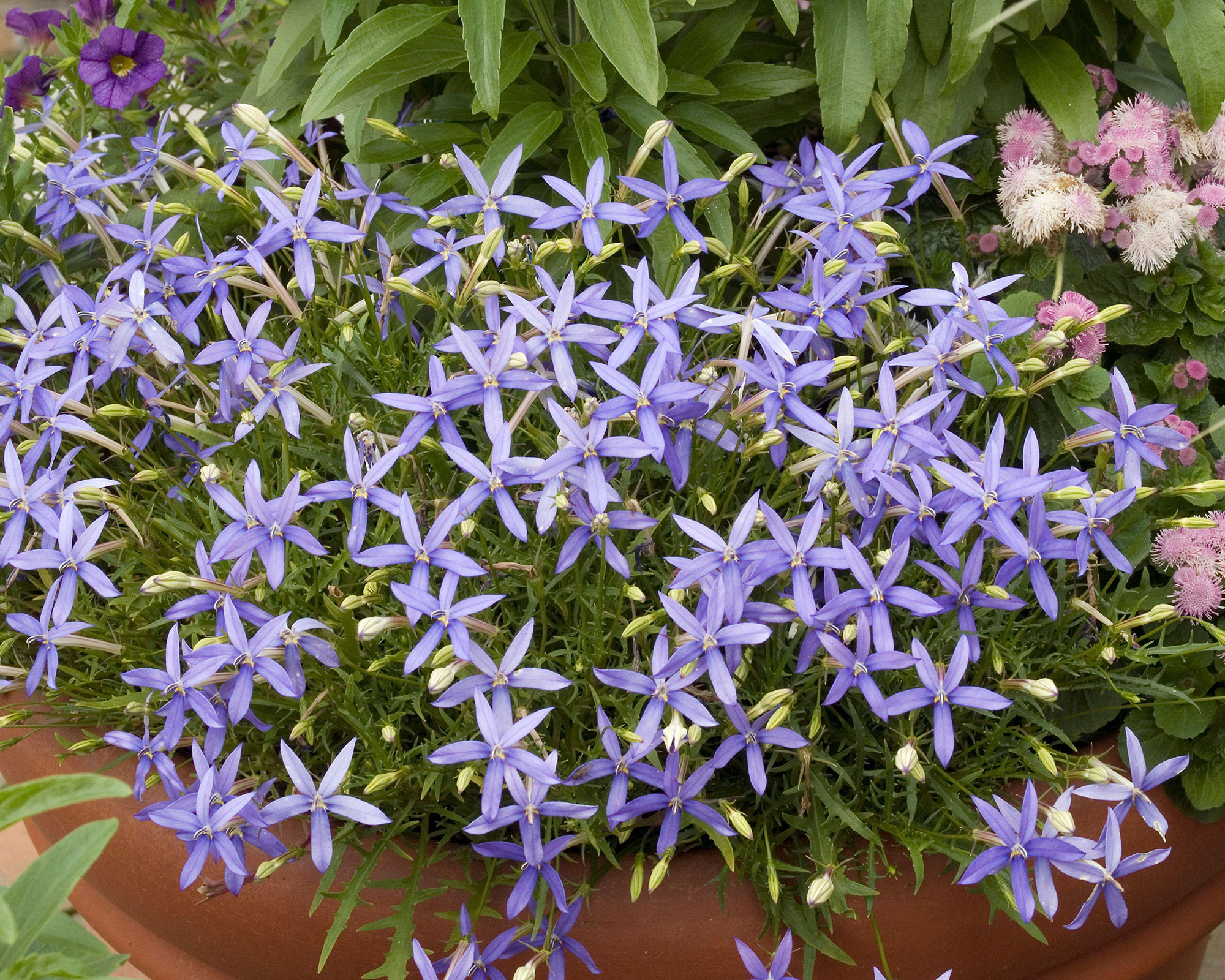
It is never too early to start planning next year’s plants, so one of my favorites for what to plant in November is Laurentia. It's guaranteed to bring some stunning star-petalled beauty to your borders and containers.
Low-growing and trailing summer plants, they produce a profusion of delightful mauve, blue or white, star-shaped flowers that last all the way through summer, right up to the first frosts. They are also tolerant of stormy weather, so a must for summer gardens in this time of climate change.
Sow Laurentia now and germinate your seeds in warmth and light – you might find a heated propagator useful.

Keep the seedlings frost-free through winter and in spring, pricking them out into individual 3in (7cm) pots when they are large enough to handle and then moving them on to larger containers once again if necessary.
Once the frosts have finished and you are ready to create your summer bedding display, plant your Laurentia out to create a riot of seasonal color.
Top tip: Once the seedlings have germinated, remove the lid of their seed tray to let air circulate and promote healthy growth.
14. Echinacea

One of my favorite summer-flowering perennials is echinacea, or coneflower. Originally hailing from the American prairies, it's easy to learn how to grow echinacea and they are perfectly happy in cooler climates as long as their soil is free draining and not allowed to become waterlogged. Because while they can tolerate extremely cold weather and snow, their crowns will rot and fail if left to get soggy.
Dark pink and purple are the most common shades of echinacea, but they also come in vibrant yellow, red, white and lime green. Cultivated varieties such as ‘Marmalade’ even come with shaggy layered heads, making quite a statement in the garden.
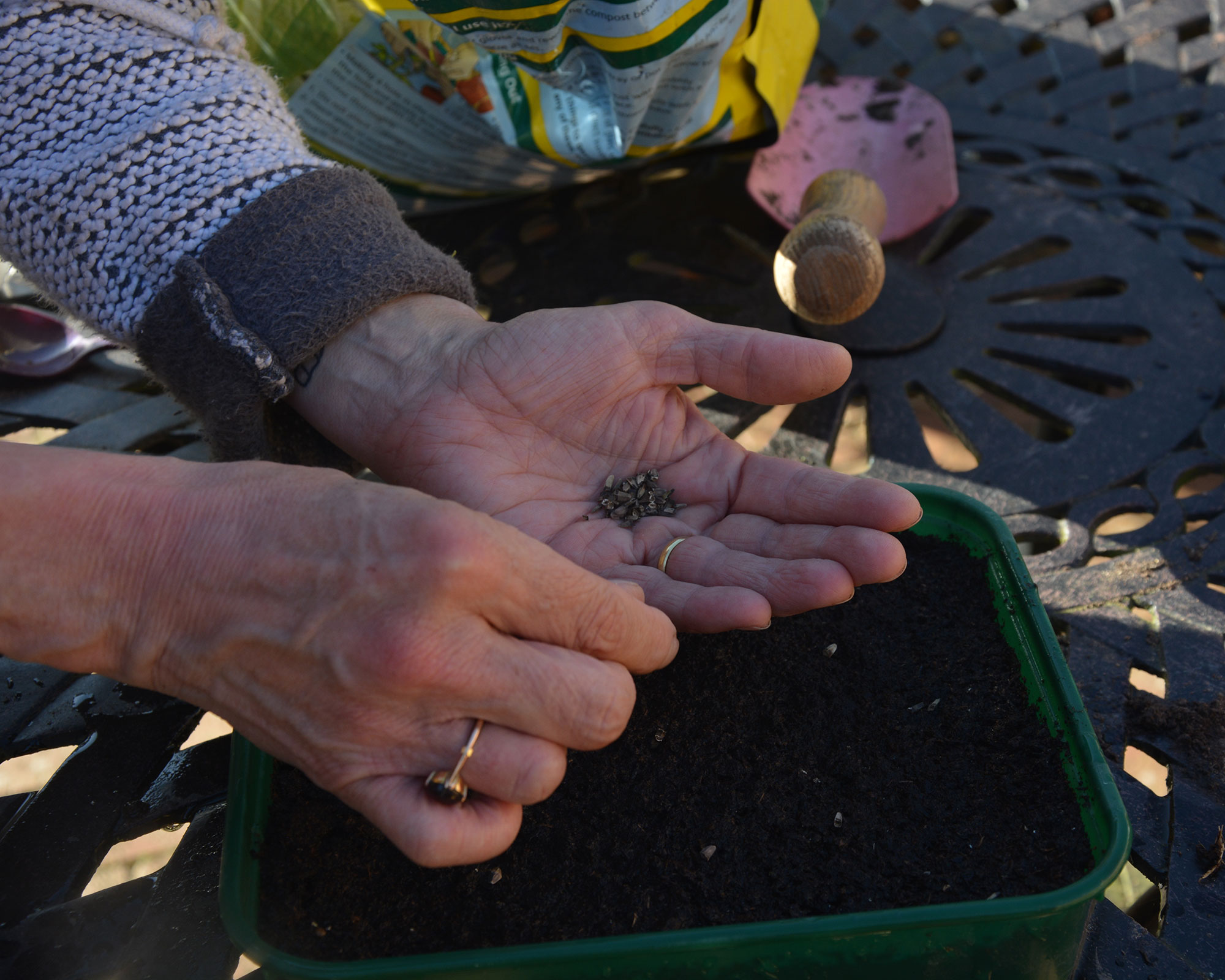
Sow the seeds in November and germinate undercover, keeping the compost damp but not soggy. The seedlings can be moved into individual pots when they are large enough to handle, but as with all seedlings, only touch the leaves, never the delicate stems which can break with careless handling.
When you plant echinacea, give them a sunny spot in soil that has been enriched with lots of well-rotted compost or manure.
They are one of the top bee friendly plants and are also good for indoor arrangements, lasting up to a fortnight in water.
Top tip: If you have heavy, clay soils that are prone to waterlogging, plant echinacea crowns on mounds of gritty soil that will drain more freely than the surrounding ground.

Ruth is the gardening editor of Amateur Gardening magazine and spends her working days carrying out, writing about and photographing the tasks the readers should be carrying out each week, as well as testing many of the new products that arrive on the gardening market. She is horticulturally trained, with a qualification from the Royal Horticultural Society.
